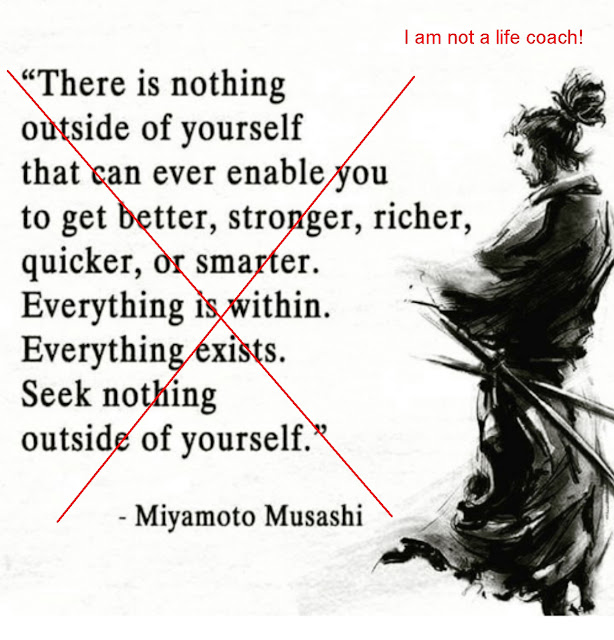American College of Physical Culture and Jiu-Jitsu
 |
| Advertisement in System (magazine), Vol VII, No 1, January 1905 |
I'm working on a WorldCat list of English-language, translated into English, jujutsu/jujitsu/jiujitsu/judo-themed martial arts "treatises," i.e., documents of substantial length, dating from the very end of the 19th century through the very beginning of the 20th century. At the moment I'm considering the 1890s-1910s as being in scope.
While searching for entries in Robert W. Smith's judo bibliography, published in "A Complete Guide to Judo: Its Story and Practice," I encountered this entry:
"American College of Physical Culture and Jiu-Jitsu. Prospectus. Boston: SP [self-published], 1905, 60 p[ages]."
That sounded interesting. I had encountered this organization when I read the introduction to John J. O'Brien's "A Complete Course of Jiu-Jitsu and Physical Culture," published in 1905. O'Brien had been President Roosevelt's instructor for less than two months, from March to May 1902. (For the best summary of the facts about Roosevelt and jiu-jitsu, see this Stack Exchange answer.)
O'Brien's book featured an introduction by "John F. McDonald" from the American College of Physical Culture and Jiu-Jitsu. As Roberto Pedreira pointed out in his recent book Craze 2, McDonald's conception of jiu-jitsu was flawed and marketing to the maximum. What might this Prospectus be?
Thanks to the wonders of the Internet Archive, I was able to track down a scan of an original copy. The document was indeed published in 1905 in Boston, and is the early 20th century's example of an infomercial. It features compelling content like the following:
 |
| Prospectus, American College of Physical Culture and Jiu-Jitsu |
 |
| Google Maps, 376 Boylston St, Boston, Massachustts |
It doesn't look like one would see a sign below the top floor.
Inside, the marketing kicks into high gear.
 |
| Prospectus |
The text on the left says "A very pronounced case of obesity as shown above. This student when enrolled in the American College of Physical Culture and Jiu-Jitsu had no chest development whatever."
The text on the right says "As you will notice from the above portrait, the same student after exercising fifteen minutes night and morning, and following all the other methods of the American College of Physical Culture and Jiu-Jitsu, has reduced his waist measurement nine inches in six months, and has developed the chest and arm muscles, and is pronounced to-day in perfect health."
How is the guy holding up his supposedly loose pants in the right image?
There appears to have been a comparative illustration for a lady, but that was not included in the scan.
The document features a few technique demonstrations. I haven't tracked down the identities of the demonstrators, but I bet they are from other books of the period. This one looks more like the top guy is checking the bottom guy's pulse.
 |
| Prospectus |
The Prospectus also features grand pictures of President Roosevelt, as he was a famous brief practitioner of jiu-jitsu at the time, and concludes with an enrollment form for a correspondence course.
Finally, I would like to note that a much briefer version of this advertising document is represented by the image at the top of the post, found in Google Books as an entry in System (magazine), Vol VII, No 1, January 1905. The mention of "President Roosevelt's teacher" is a reference to O'Brien.
It's not surprising the martial arts marketing hasn't changed in the more than 115 years that it's been on the mind of the American public. The popular narrative is that martial arts were introduced to the United States by soldiers returning from World War II. While they certainly introduced a new wave of instructors and styles, it's clear that the entry began much earlier. This Prospectus is worth reviewing as an example of what the public initially saw with respect to the supposed benefits of martial arts training.



Comments
Post a Comment